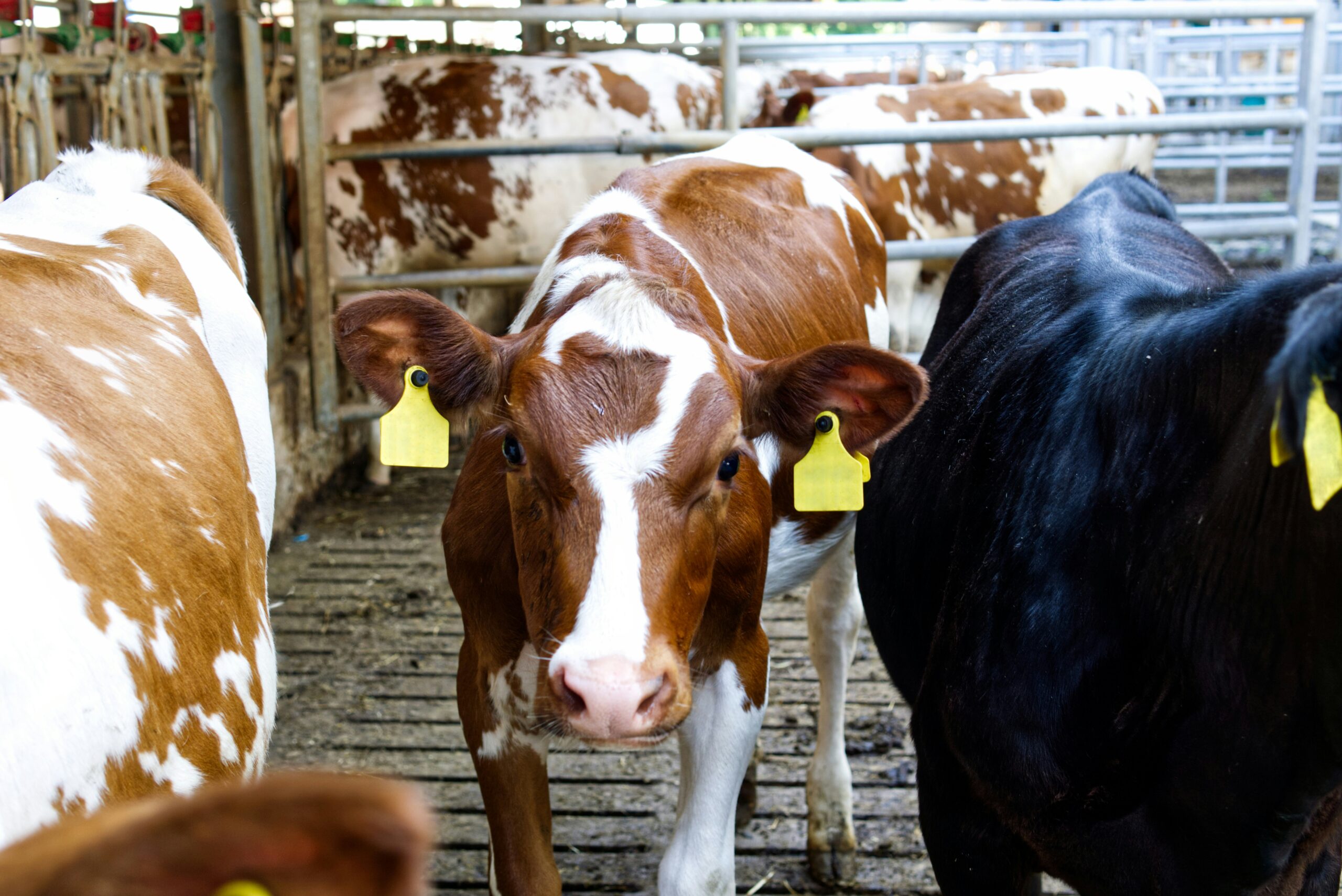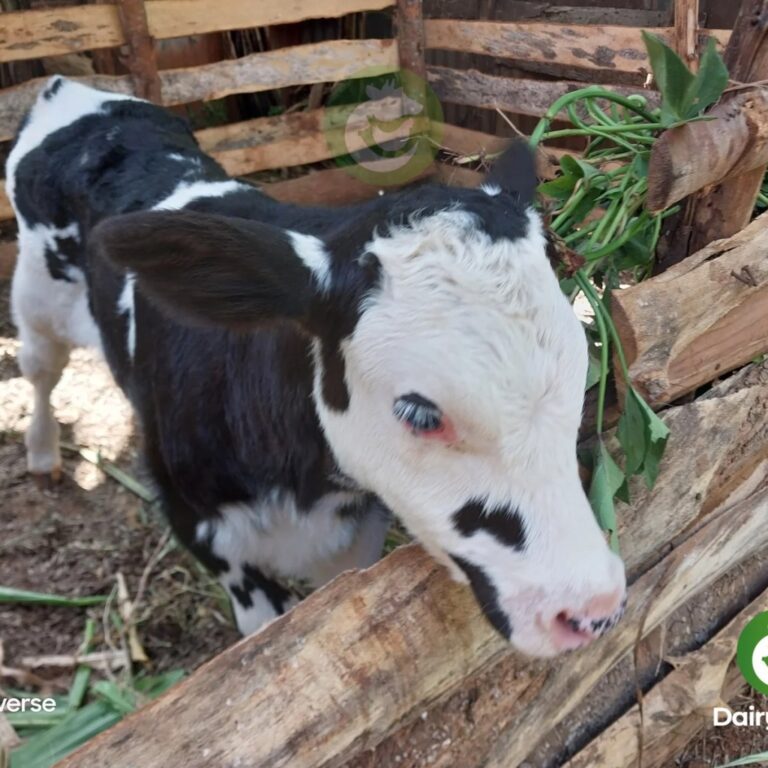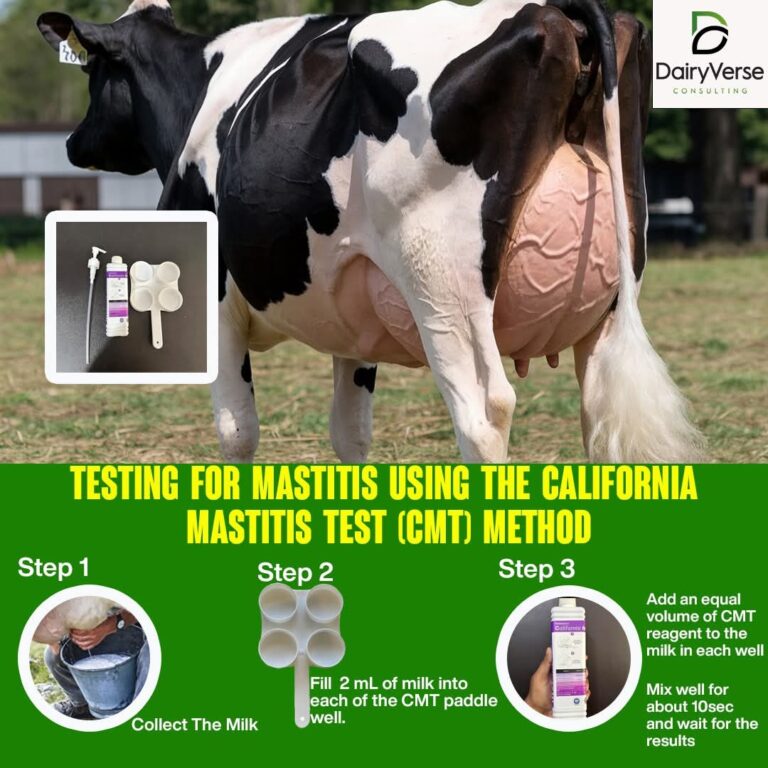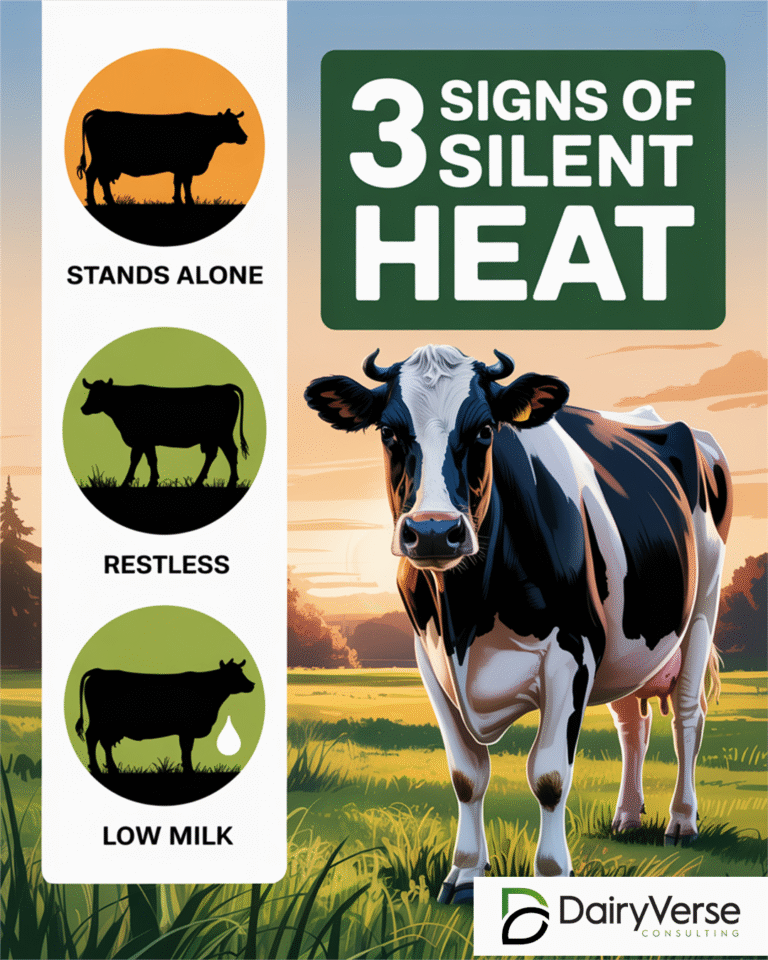Establishing and Running Successful Dairy Farms in Africa: Tackling Silent Heat, Poor Body Condition, and Low Milk Yield
Understanding the Dairy Farming Landscape in Africa
Dairy farming constitutes a significant aspect of agriculture in Africa, playing a crucial role in the economic and social fabric of many rural communities. Currently, the sector contributes to food security, nutrition, and rural livelihoods, impacting millions of households across the continent. The dairy industry’s economic importance is underscored by its ability to provide income, employment opportunities, and sustainable livelihoods, particularly for smallholder farmers. In many regions, dairy farming serves as a critical source of protein and an essential component of dietary diversity.
The types of dairy systems prevalent in Africa vary widely, ranging from traditional pastoral systems to more modern commercial enterprises. Smallholder dairy farming is predominant, with various forms of production practices employed depending on regional circumstances. In East Africa, for instance, mixed crop-livestock systems are common, where dairy cows are integrated with crop farming. Conversely, in Southern Africa, more intensive dairy systems are emerging, promoting higher productivity levels. However, these diverse systems face unique challenges that can hinder their growth and sustainability.
Farmers confront a multitude of issues including inadequate veterinary services, insufficient access to quality feed, and challenges related to water availability. Moreover, silent heat in dairy animals results in low reproductive performance, contributing to reduced milk yield. Climate change further exacerbates these challenges, disrupting traditional farming practices. Additionally, regional disparities in infrastructure and market access complicate the dairy farming landscape; areas with better infrastructure tend to have more prosperous dairy sectors compared to regions facing logistical hurdles.
Despite these challenges, there are successful case studies across the continent that showcase innovative approaches. For example, cooperatives in Kenya have enabled smallholder farmers to pool resources for better access to markets and veterinary services. Such initiatives exemplify the potential for growth and resilience within Africa’s dairy sector, demonstrating how targeted efforts can lead to improved productivity and sustainability.
Identifying and Managing Silent Heat in Cattle
Silent heat, also known as subclinical estrus, refers to a condition in dairy cows where they exhibit minimal or no external signs of estrus, making it challenging for farmers to identify the optimal breeding times. This phenomenon can significantly hinder reproductive performance and influence overall productivity in dairy operations. A multitude of factors contributes to silent heat, including environmental stressors, inadequate nutrition, and underlying health issues. Understanding the impacts of silent heat is essential for optimizing milk yield and ensuring that breeding schedules are accurately aligned with the physiological cycles of the cows.
To effectively detect silent heat, farmers can utilize a range of behavioral observations and technological tools. Behavioral signs can be subtle, but keen observation of changes in activity levels, social interactions, and increased mounting behavior among cows can provide valuable clues. For instance, keeping track of changes in cow behavior during the day can help identify those in estrus that may otherwise be overlooked. Additionally, modern technology, such as estrus detection sensors and activity monitors, offers enhanced precision in identifying silent heat, providing farmers with real-time data to improve their breeding strategies.
Management practices play a pivotal role in addressing the challenges associated with silent heat. Implementing synchronization protocols, such as timed artificial insemination (AI), can assist in ensuring that breeding opportunities align with cow fertility. Nutritional strategies that focus on providing balanced rations can enhance body condition and overall reproductive health, making it easier to detect signs of estrus. Furthermore, conducting regular health check-ups allows for the early identification of potential issues that could contribute to silent heat. By adopting a proactive approach to managing silent heat, dairy farmers can improve reproductive success and enhance their overall milk yield more effectively.
Improving Body Condition for Optimal Milk Production
Maintaining an optimal body condition in dairy cattle is crucial for maximizing milk production. Dairy cows in good body condition exhibit higher fertility rates, better health, and increased lactation performance. The nutritional requirements of these animals should be carefully considered to ensure they achieve and sustain good body condition, which ultimately translates to enhanced milk yield.
The balance of energy, protein, and essential vitamins and minerals in the diet is fundamental to achieving optimal body condition. Energy sources, such as carbohydrates and fats, should be adequate to meet the energy demands of lactating cows. Protein, particularly high-quality protein, is essential for muscle development and overall health. Incorporating a sufficient amount of vitamins and minerals, such as calcium and phosphorus, also plays a significant role in supporting bodily functions and improving milk quality.
Feed management practices can significantly influence the body condition of dairy cows. Implementing strategic grazing strategies and rotational grazing can help maximize pasture intake while reducing overgrazing. Additionally, providing high-quality forage combined with grain-based supplements during critical periods ensures that cows receive adequate nutrition to support optimal body condition. Supplementation is especially important during dry periods and early lactation when nutritional demands are heightened.
The impact of body condition on cow health cannot be understated. Cows that are too thin may struggle with fertility issues, decreased milk production, and a higher susceptibility to diseases. Conversely, overweight cows can face complications during calving and suboptimal reproductive performance. Therefore, regular body condition score assessments and adjustments to diet based on these scores are vital for maintaining a balance that supports both cow health and milk production. This holistic approach will ultimately enhance overall farm productivity and profitability.
Strategies for Enhancing Milk Yield in Dairy Cattle
Improving milk yield in dairy cattle is critical for the success of dairy operations in Africa. A multifaceted approach that encompasses genetics, technology, and management practices can significantly enhance production. One of the foundational strategies is the selection and breeding of high-yielding dairy breeds. By investing in genetics, farmers can introduce superior genetics that are known for their milk production potential. This may include crossbreeding local breeds with high-performing imported breeds, which can help in developing a herd that maximizes milk output.
Advancements in dairy technology also play a pivotal role in optimizing milking processes. Automated milking systems, for example, can enhance efficiency and reduce labor costs, allowing for consistent milking schedules that are beneficial for maintaining udder health and maximizing milk yield. Additionally, monitoring technologies such as electronic identification tags and milk meters provide real-time data on lactation performance, enabling farmers to identify trends and adjust feeding or health management practices accordingly.
Furthermore, effective herd health management is essential for sustaining high milk yields. Regular veterinary checks and vaccinations help to prevent diseases that can lead to decreased milk production. Providing a balanced diet with adequate nutrition, including minerals and vitamins, is equally important, as this directly influences the cow’s overall condition and milk output. Proper milking techniques should not be overlooked; ensuring that milking is performed gently and efficiently can minimize stress for the animals, thus promoting higher yields.
Lastly, diligent record-keeping and careful evaluation of production data cannot be underestimated. By tracking individual cow performance, farmers can make informed decisions regarding breeding, feeding, and health interventions tailored to enhance productivity. This continuous cycle of assessment and adjustment is crucial in establishing a successful dairy farm capable of reaching its full milk production potential.







